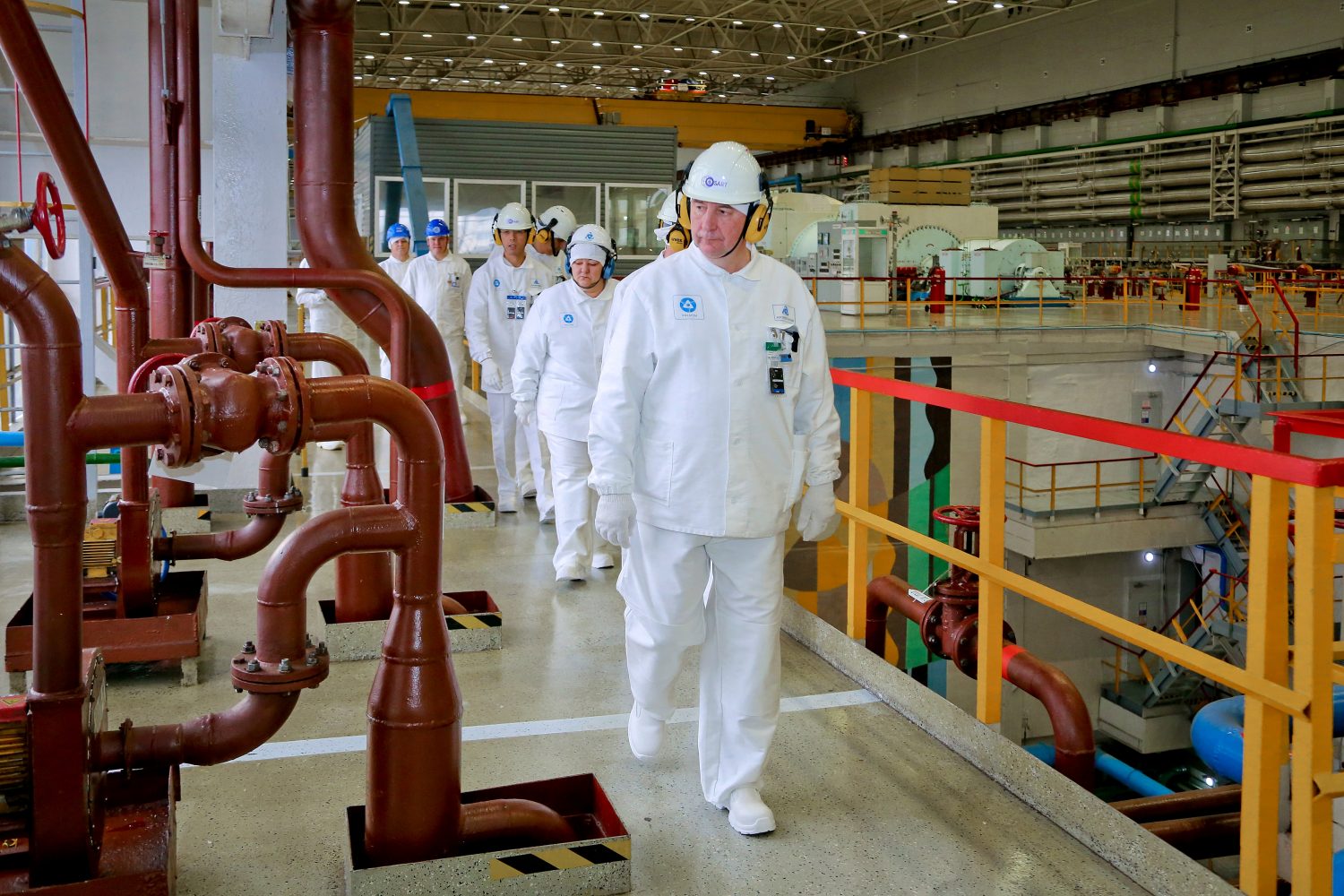
Mission Complete
back to contentsThe Operating Safety Review Team (OSART) consisting of the IAEA’s multidisciplinary experts arrived at Rosenergoatom on the invitation of the Russian government and Rosatom. It took the Russian nuclear operator three years to prepare for the mission, which lasted a little more than two weeks. The OSART mission visited Rosenergoatom’s head office and Balakovo, Kola and Smolensk nuclear power plants. The sites were selected to feature three Russian reactor designs – VVER-1000, VVER-440 and RBMK-1000.
In the 35 years of its existence, OSART missions visited nearly 200 nuclear plants. Not long ago, IAEA experts started reviewing safety performance of nuclear operators, and Russia got on board. OSART missions are not new to the Russian nuclear corporation as they have visited Leningrad, Balakovo, Rostov, Smolensk, Kola and Novovoronezh nuclear power plants on separate occasions. “The decision to invite OSART speaks for the readiness to continuously improve operational safety,” says Dian Zahradka, IAEA Senior Safety Officer and OSART deputy leader. “After we received a request for the mission, we made a team of 12 experts from the UK, Germany, Canada, China, Slovakia, Slovenia, France, South Africa, and Japan. Their total industry experience is 343 years.”
The scope of the OSART review at Rosenergoatom covered nine areas: leadership and management for safety, independent nuclear oversight, staff training and qualification, communications, maintenance, technical support, operational experience feedback, procurement, accident management, and emergency preparedness. As for the safety assessment of individual nuclear plants, these criteria were applied selectively. The OSART mission was divided into three groups to visit different sites. Experts analyzed documents, interviewed employees and watched how nuclear plants operate, managers motivate and control the staff, employees meet safety requirements, etc. “It was important for us to see how the nuclear operator and plants interact in improving safety,” Dian Zahradka said. “Another goal of this mission was to exchange information with our Russian colleagues, accumulate knowledge, and build partnerships. This approach contributes to improving safety performance at host organizations and sites where our experts work.”
“The mission was a success. The IAEA confirms that Rosenergoatom fully complies with safety standards. We identified a couple of good practices that can be useful in other countries. These practices will improve nuclear safety both nationally and internationally,” said Peter Tarren, Team Leader and Head of the IAEA’s Operational Safety Section. The good practices identified are the system of communications at Kola NPP and the procurement system at Balakovo NPP.
A draft report was submitted to Rosenergoatom. Its final version will incorporate feedback from the company’s management and will be sent to the Russian government in three months. The report will also be published on the IAEA’s official website. Approximately 18 months after the OSART mission, a follow-up visit will take place. “It is a unique opportunity for us to have our operations reviewed by IAEA experts,” Rosenergoatom’s Director General Andrey Petrov commented on the mission. “Before this, there were only two OSART corporate missions conducted in the world, one in CEZ, the Czech nuclear operating organization, and the other one in EDF in France. The implementation of the suggestions made by the OSART team will help us further improve the level of NPP operational safety, and the identified good practices will contribute to improving the level of nuclear safety around the world.”




